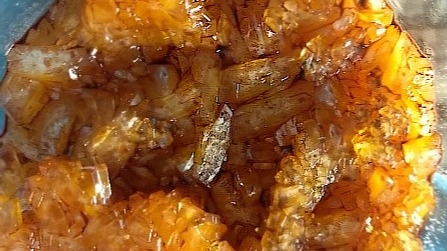Annika Grafschafter, Georg Rudelstorfer, Dominik Wickenhauser, Christian Leypold, Werner Schlemmer, Stefan Spirk and Susanne Lux
Organic redox flow batteries are a promising sustainable technology for large-scale storage of surplus energy in the grid. However, the main challenge lies in scaling up the synthesis of redox-active molecules from sustainable sources, as either the synthesis is complex or renewable feedstock is not available at a large scale. This challenge is addressed by employing vanillin, a fine chemical widely available from lignin, as a starting material for the synthesis of redox-active hydroquinones. The use of a continuously operating column reactor, known as the Taylor-Couette disc contactor, is demonstrated to generate redox-active 2-methoxyhydroquinone in high yields and purity. Production rates of ≈0.55 kg h−1 of 2-methoxyhydroquinone are achieved, with sufficient purity for use in single-cell redox flow battery performance and short-stack stability tests.
[ChemSusChem]
DOI: 10.1002/cssc.202501042
Link to Article

